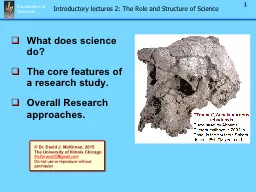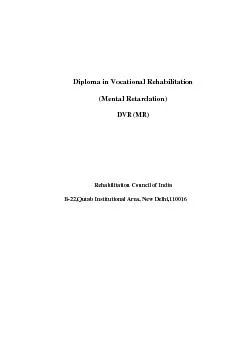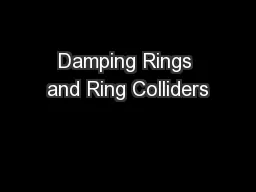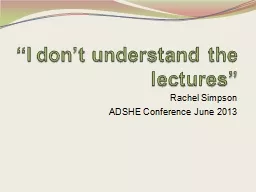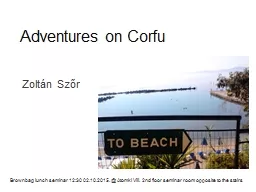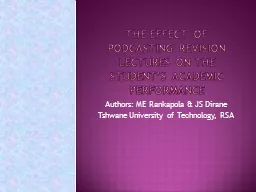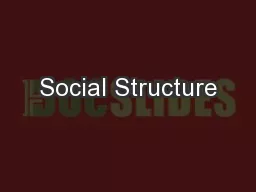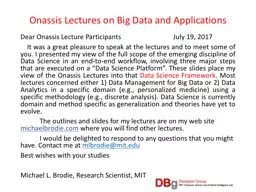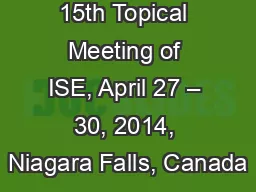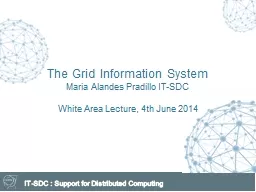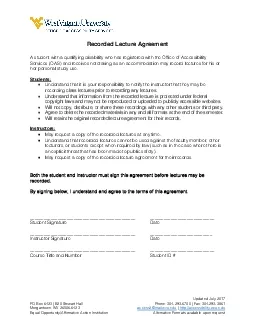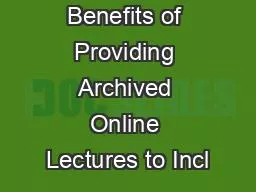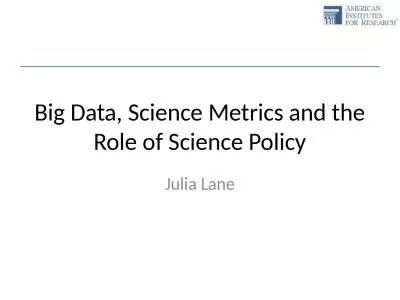PPT-Introductory lectures 2: The Role and Structure of Science
Author : alexa-scheidler | Published Date : 2016-11-13
What does science do The core features of a research study Overall Research approaches Dr David J McKirnan 2015 The University of Illinois Chicago McKirnanUIC
Presentation Embed Code
Download Presentation
Download Presentation The PPT/PDF document "Introductory lectures 2: The Role and St..." is the property of its rightful owner. Permission is granted to download and print the materials on this website for personal, non-commercial use only, and to display it on your personal computer provided you do not modify the materials and that you retain all copyright notices contained in the materials. By downloading content from our website, you accept the terms of this agreement.
Introductory lectures 2: The Role and Structure of Science: Transcript
Download Rules Of Document
"Introductory lectures 2: The Role and Structure of Science"The content belongs to its owner. You may download and print it for personal use, without modification, and keep all copyright notices. By downloading, you agree to these terms.
Related Documents

